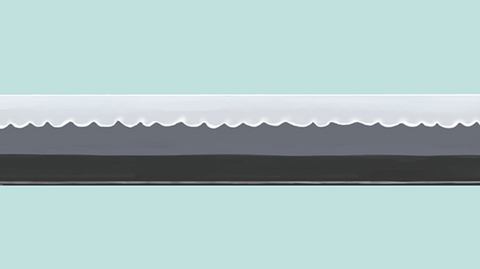Juzuba-fu in Japanese Katana terminology
数珠刃風 (Juzuba-fu)
What is Juzuba-fu in Japanese Katana terminology?
Juzuba-fu refers to a type of blade pattern (Hamon) in Japanese swords. It is a variation of ""互の目乱れ"" (Gunome Midare), where the 'heads' of the 'nails' (gunome) are irregular. In ""数珠刃風"", a pattern called ""数珠刃"" (Juzuba), which resembles a string of rosary beads, is mixed into the Gunome Midare. Unlike typical Gunome Midare, Juzuba is characterized by the round heads of the 'nails' being almost the same size and arranged without gaps.
The most famous swordsmith who tempered the Juzuba-fu blade pattern (Hamon) was ""長曾祢興里虎徹"" (Nagasone Okisato Kotetsu), who was active in Edo (now Tokyo) during the middle of the Edo period. It is said that Nagasone Okisato Kotetsu tempered a blade pattern (Hamon) called ""瓢箪刃"" (Hyotanba) in the early period and started tempering Juzuba in the later period. His skills are highly regarded.







